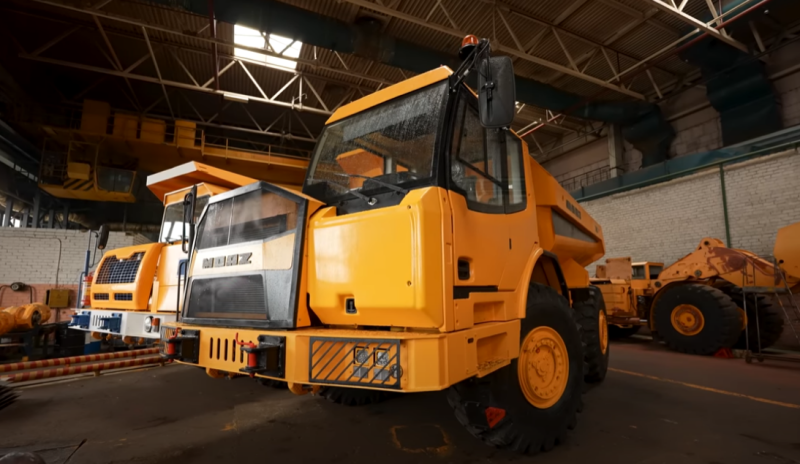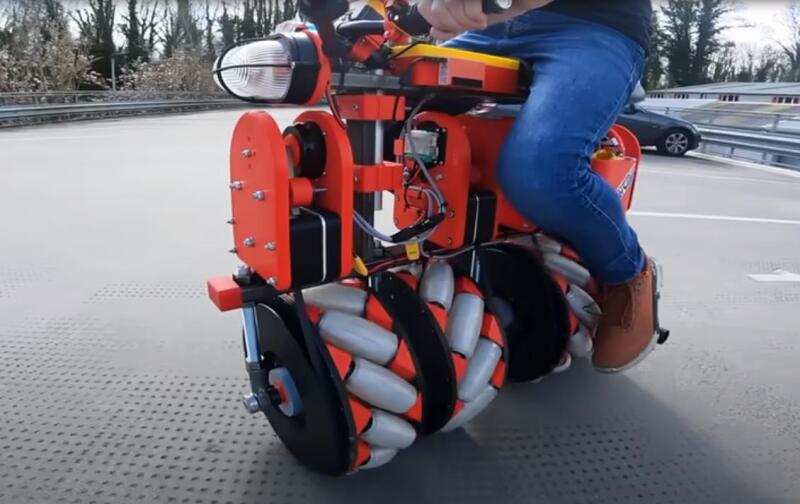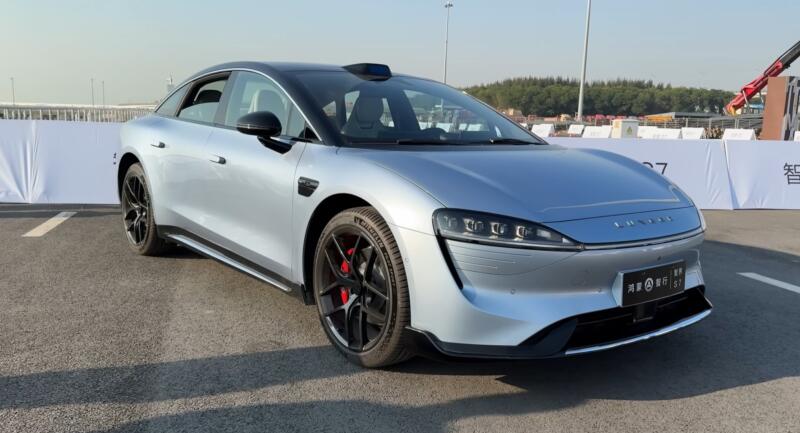Injectors are the main actuator, a kind of "heart" of injection systems, and thanks to their speed, they allow precise control of the fuel supply. In injection-type engines, the optimum composition of the air-fuel mixture is maintained in all operating modes. The combination of these advantages, together with reliability and durability, made it possible to completely replace carburetors from the conveyors of automobile plants.
The main elements of the nozzle
A fuel injector may include more than 20 parts, depending on the type. In all cases, the main elements are:
- ✅ Durable and sealed case
- ✅ Fuel flow channel
- ✅ Input filter
- ✅ Shut-off valve
- ✅ Atomizer
Fuel enters the injector inlet from the fuel line under pressure, for which a separate pump is provided. The fuel filter at the inlet, made in the form of a fine mesh, cleans the fuel from mechanical impurities. The fluid flow then reaches a check valve, which opens and closes either electromagnetically or mechanically. In electric injectors, this is a signal from the control unit, and in mechanical injectors, it is the fluid pressure. The fuel passes through the atomizer, which turns the jet into a distributed fine suspension, and then enters the engine. The higher the fuel pressure, and the smaller the size of the nozzle outlets, the more completely the air-fuel mixture burns.
 Removing the fuel rail with injectors from the VAZ engine. Photo: youtube.com
Removing the fuel rail with injectors from the VAZ engine. Photo: youtube.com The location of the injectors on the engine is such that the inlets are in the fuel line, and the atomizer is in the intake manifold or directly in the combustion chamber, depending on the type of injectors. It is very important to ensure the tightness of the connections. Fuel leakage is fraught with fire, and air leakage through the seals will lead to unstable engine operation.
Types of injectors
Injectors are distinguished by many features, but the main ones are the design of the device and the location on the engine.
When one nozzle is used, which is located in the center of the intake manifold and feeds all the engine cylinders, such a system is called a single injection with a central location of the injector.
In multiport injection systems, a separate nozzle is responsible for supplying fuel to each cylinder, which also supplies fuel to the intake manifold, but is located above the intake valve of its cylinder. In the direct injection scheme, the injectors deliver fuel directly into the combustion chamber of the cylinder, bypassing the intake valve. Accordingly, such injectors are mounted in the cylinder head in such a way that the outlet is located above the top dead center of the piston stroke. How many cylinders, so many injectors.
 Washing nozzles on the stand. Photo: youtube.com
Washing nozzles on the stand. Photo: youtube.com In some car models, combined fuel injection is used, when injectors of distributed injection operate in some modes, in others direct, and in others both, together. In this case, each cylinder is served by two nozzles.
Increasingly, gas nozzles are being used, which are used in HBO of the fourth generation and higher. And in this case, there are two nozzles per cylinder - one gas and one gasoline. Such a system is called dual-fuel - gas plus gasoline.
According to the design, there are several types of nozzles:
- ✅ Mechanical
- ✅ Electro-hydraulic
- ✅ Electromagnetic
- ✅ Electromagnetic gas
- ✅ Piezoelectric
The fundamental difference between them, in addition to fuel pressure and others, lies in the type of shut-off valve drive. Each of them requires its own control system.
Mechanical nozzles
The design is not particularly difficult. The shut-off valve opens under the action of fluid pressure, and closes with a spring when the pressure decreases to a certain value. Mechanical nozzles, due to their simplicity, are distinguished by reliability and unpretentiousness. In modern engines, they are practically not used, since they do not differ in high speed. In addition, in systems of distributed injection, a mechanical dispenser-distributor is required, a device that is very difficult to manufacture and maintain.
Electro-hydraulic nozzles
They are mainly used in diesel engines, they are considered a further development of mechanical injectors. Electro-hydraulic injectors can work with individual high-pressure fuel pumps, such pairs are called pump-injectors, as well as in common rail systems with a common fuel rail. Fuel enters two chambers simultaneously, between which there is a locking needle with a spring. The pressure in the chambers is at the same level. When an electrical signal is received, the solenoid drain valve opens, the pressure in the container above the needle drops. After the nozzle opens, which occurs under the action of a spring, the drain valve closes again, the pressure in the chambers equalizes, the nozzle goes into a closed state.
Electromagnetic nozzles
They are used in gasoline engines with distributed fuel injection, as well as when installing LPG, since they are not designed for high pressures typical for diesel engines and gasoline direct injection systems.
The electronic control unit sends a signal to the electrical winding, and a magnetic field is formed. Under its action, the anchor moves the shut-off needle, which, in turn, opens the shut-off valve. When the signal is turned off, the spring closes the nozzle.
 Replacing the injector o-ring. Photo: youtube.com
Replacing the injector o-ring. Photo: youtube.com Gas nozzles operating on the same principle are characterized by an increased diameter of the outlet holes, as well as a lower working pressure. This is due to the need to pump a large volume of gaseous substance, while accurately dosing the flow.
Piezoelectric nozzles
Piezo nozzles are used in all types of internal combustion engines. Provide the highest speed, able to withstand significant fuel pressure. The needle is moved by a piezoelectric element made of durable ceramic. Under the influence of an electrical impulse supplied by the electronic control unit, the ceramic element expands and pushes the needle out. When the signal is turned off, everything returns to its original state. The process is extremely fast, thanks to which piezo injectors are able to provide multiple, layered injection during one cycle.
Do the injectors need to be serviced?
The nozzles work in very harsh conditions. Fuel pressure can reach hundreds, and sometimes thousands of atmospheres, due to which fine atomization is carried out. The duration of the injection pulse is up to one ten-thousandth of a second - it allows you to carry out up to one hundred "injections" in one intake cycle. The temperature in the combustion chamber can reach 2 ºС.
 The coked working part of the nozzle under the microscope. Photo: youtube.com
The coked working part of the nozzle under the microscope. Photo: youtube.com In the intake manifold, conditions are less severe, but there is contact with hot gases. If we add a chemically active medium, it becomes clear that only perfect, durable products, such as nozzles that can withstand up to a billion operations, can work flawlessly and reliably in such conditions.
Modern nozzles do not require any maintenance. The main enemy is pollution, as well as coking of outlets.
The design is reliable, non-separable, nothing needs to be lubricated and adjusted there. Failures before the resource is exhausted are extremely rare. In city driving, with frequent short trips, the injectors coke faster than long continuous driving. In this mode, gasoline, which is itself a solvent, at some stage cannot cope with deposits that form when gasoline residues often evaporate inside a hot nozzle on a muffled but not yet cooled engine. During mainline operation, when the engine has been running for a long time, gasoline, in other words, has enough time to remove deposits. It is clear that low-quality fuel will instantly clog the system, regardless of operating conditions.
How to clean nozzles?
First of all, it is necessary to decide on the issue of flushing the nozzles prophylactically or as needed. For the most part, it's a matter of price. Preventive washing will definitely not bring harm if aggressive reagents are not used. But, by and large, the nozzles should be washed as they become dirty, when productivity decreases, the quality of the spray deteriorates, and uneven operation of the cylinders occurs. This must be done before the process has gone too far, when the first signs appear. In the vast majority of cases, high-quality flushing is enough to restore the original characteristics.
 Checking the quality of spray nozzles. Photo: youtube.com
Checking the quality of spray nozzles. Photo: youtube.com I would like to immediately warn against amateur performance in this matter. Flushing nozzles is a responsible business that requires qualifications and experience. You need to have special equipment. Even if it is possible to remove the nozzles and wash them in a handicraft way, inventing all sorts of devices, the result can only be judged by secondary signs. Like whether the car drives better or not. There is nothing to even think about self-flushing in garage conditions of direct injection or diesel injectors, where high pressure is required.
It should be remembered that amateur activity with combustible substances is fraught with fire. Contact only certified auto repair shops, where specialists know what to do and how to do it.
It is possible to pour fuel cleaners into the gas tank only with a clean fuel system, as a preventive measure. Otherwise, under the action of the cleaner, deposits on the walls of the gas tank, fuel lines, along with gasoline, will be pumped through the nozzles, and the filter will only help for the time being. The filter element will clog first, and then, under pressure, it will simply break. The result, at best, is flushing the injectors, and at worst, if everything has gone too far, replacement. Catalytic converters may be adversely affected by certain types of cleaners that contain flushing vapors.
Professional cleaning methods
There are two ways to flush injectors: with dismantling and on the engine. In the second case, a tank with flushing liquid is connected to the fuel system. The engine is allowed to run for a certain time, sufficient to remove deposits.
The advantage of this approach is that, in addition to nozzles, pistons and valves are cleaned of carbon deposits. But there is no visual control, some defects may go unnoticed. The nozzles should be flushed without dismantling as part of the next maintenance. Otherwise, after cleaning, you will have to replace the spark plugs and engine oil again. Their condition is negatively affected by the flushing liquid. The question of the catalytic converter, lambda probes remains open.
 The same nozzle after ultrasound (under a microscope). Photo: youtube.com
The same nozzle after ultrasound (under a microscope). Photo: youtube.com When dismantling, the nozzles are washed either on the stand or in an ultrasonic bath. It is necessary to change the sealing rings every time, otherwise the tightness is broken when mounted on the engine. There are several advantages:
- ✅ Ability to measure the performance of each nozzle separately
- ✅ Visual control, which allows you to detect the instability of the torch, the lack of spraying (nozzle "jetting")
- ✅ Easy to detect shut-off valve leakage
The ultrasonic bath, due to its high efficiency, allows you to remove the most old deposits. But sometimes it happens that after such an impact, a closed nozzle begins to leak. In most cases, this happens with heavily clogged nozzles, when part of the material is removed along with the build-up.
Service cost for injectors
The cost of flushing nozzles varies greatly, and depends on the type, region, flushing method. An ultrasonic bath can cost from 350 rubles. for one nozzle, flushing without dismantling starts from 2 thousand rubles. For washing at the stand, a variety of prices are called, from 600 rubles. for VAZ vehicles, and this is without the cost of removal work. The upper limit can be dozens of times higher, especially for direct injection injectors. At the same time, the quality of the fuel used regularly remains decisive. If the owner is choosy in suppliers and refuels only at gas stations with a high reputation, this whole story with injectors will not affect him in any way even after ten years of owning one car.










